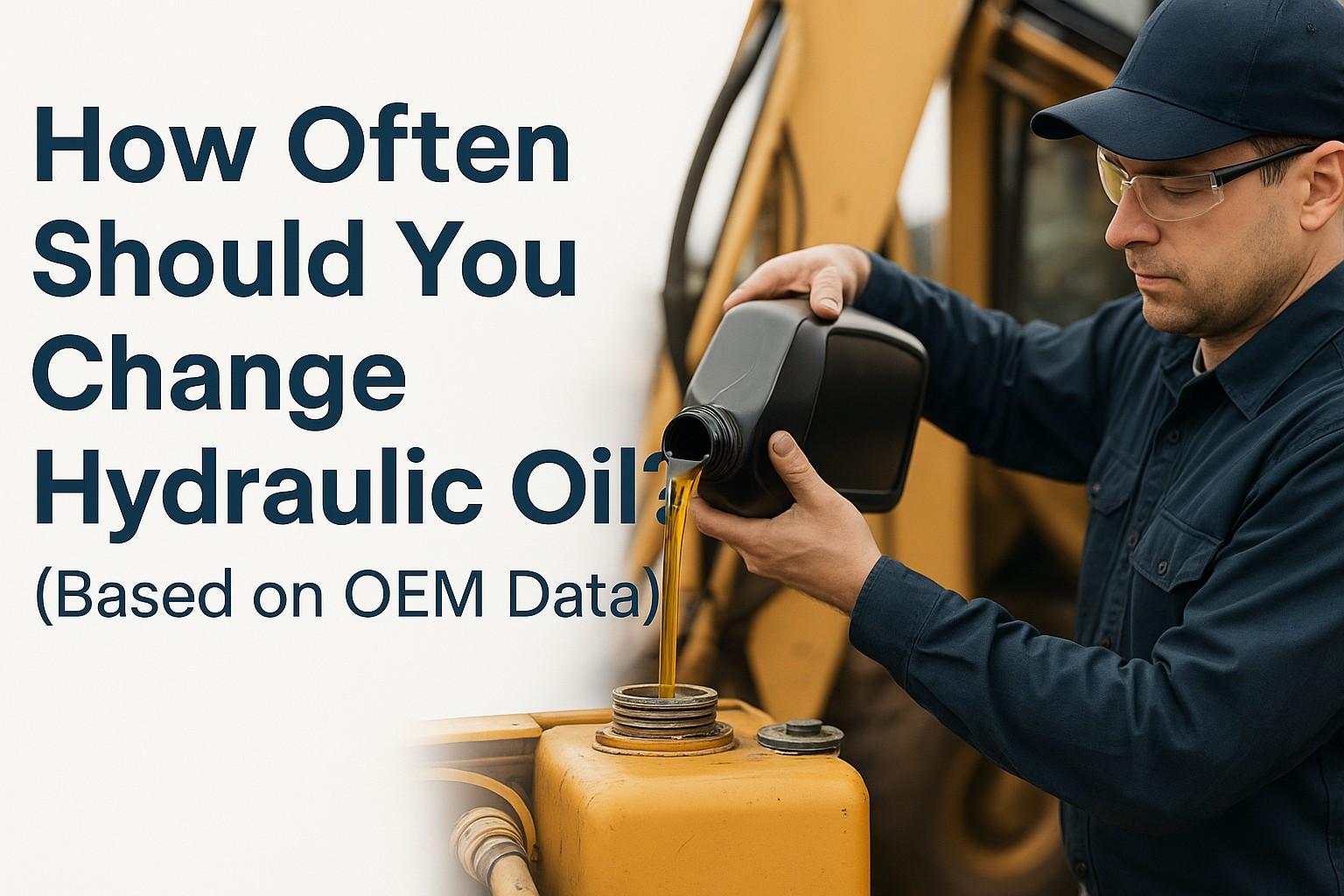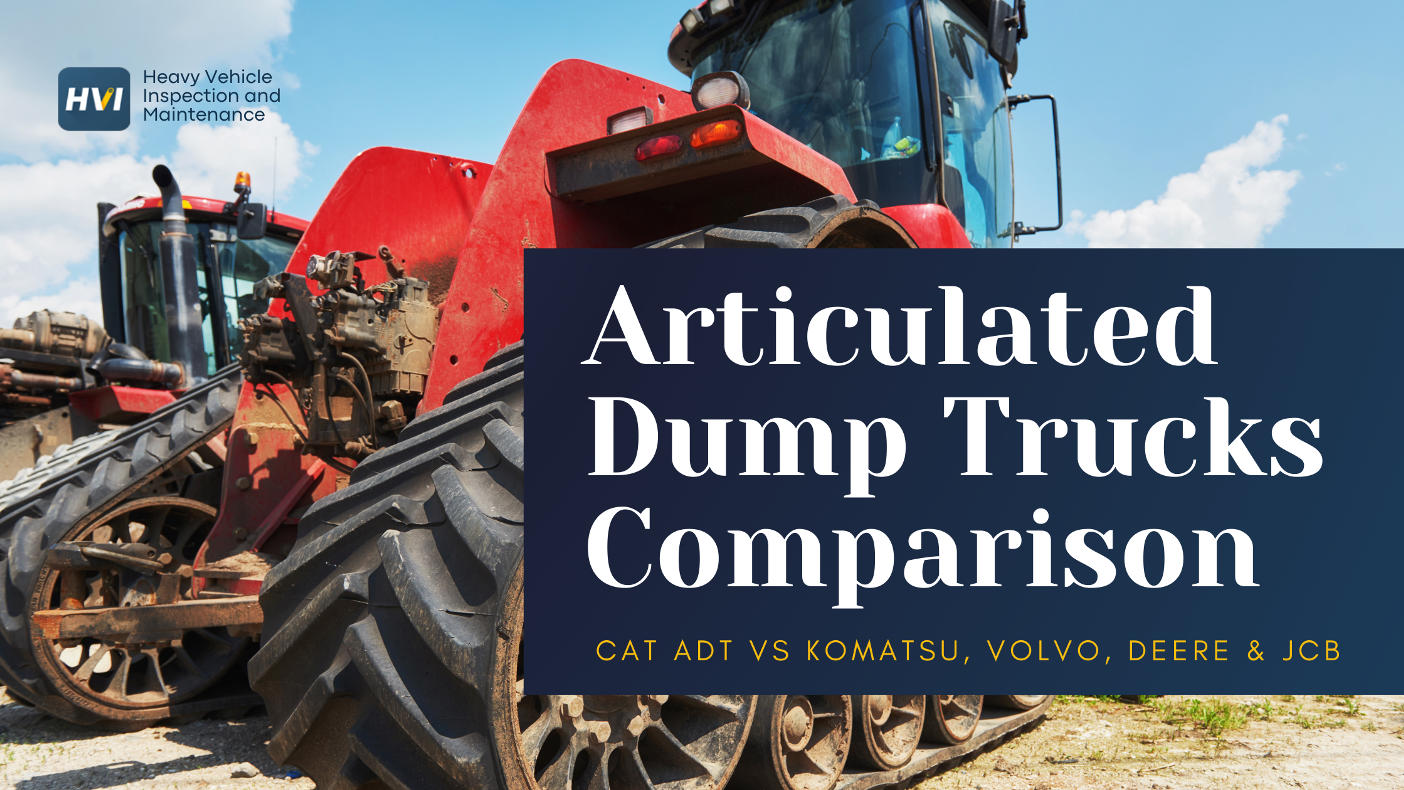Industrial lubricant selection for diesel engines costs Indian equipment operators an average of ₹5.6 lakhs per engine annually when incorrect specifications are used, with improper oil choices causing 67% more engine failures and 52% higher maintenance costs. Industry data reveals that over 3.2 lakh diesel engines operating across Indian industrial applications suffer from suboptimal performance due to inadequate lubricant selection protocols. Implementing the right lubricant selection strategy isn't just about engine protection—it's about preserving operational efficiency that can swing by ₹4-8 lakhs per engine annually based on lubricant effectiveness and engine optimization.
This comprehensive lubricant selection guide eliminates 74% of engine failures, reduces maintenance costs by 58%, and generates annual savings of ₹5.2 lakhs per engine through systematic implementation of proven selection protocols. More importantly, it transforms reactive engine maintenance into predictive operational excellence that ensures maximum uptime, regulatory compliance, and optimal equipment value retention across demanding industrial environments.
Annual Diesel Engine Performance Impact
Ready to Optimize Your Diesel Engine Lubricant Strategy?
Discover proven lubricant selection protocols that unlock significant performance improvements and cost optimization.
The Critical Foundation: Understanding Diesel Engine Lubricant Requirements
Diesel engines operate under significantly more demanding conditions than gasoline engines, requiring specialized lubricants that provide superior protection against soot loading, thermal stress, and combustion byproducts. Industrial diesel applications amplify these challenges through extended operating hours, heavy loads, and varying duty cycles that demand lubricants with exceptional performance characteristics and durability.
The selection process for diesel engine lubricants involves multiple critical factors including viscosity grades, API classifications, additive packages, and application-specific requirements that directly impact engine performance, reliability, and operational costs. Understanding these fundamental requirements enables informed decisions that optimize engine protection while minimizing total cost of ownership.
Viscosity Grade Selection: Balancing Protection and Efficiency
Viscosity grade selection represents the foundation of diesel lubricant performance, directly affecting fuel economy, engine protection, and operational efficiency. Modern diesel engines benefit from lower viscosity oils that reduce internal friction while maintaining adequate protection, but selection must consider operating conditions, engine design, and manufacturer specifications.
The trend toward lower viscosity grades (5W-30, 10W-30) from traditional higher viscosities (15W-40) delivers fuel efficiency improvements while maintaining protection through advanced additive technology. However, selection must account for engine age, operating temperatures, and duty cycles to ensure optimal performance and protection.
- ✓ Optimal for older engines and high-temperature operations above 25°C ambient temperature with proven reliability
- ✓ Superior high-temperature protection maintaining viscosity and film strength under severe operating conditions
- ✓ Excellent soot handling capability preventing deposit formation and maintaining engine cleanliness in heavy-duty applications
- ✓ Cost-effective solution providing reliable protection for mature engines with higher internal clearances
- ✓ Wide compatibility ensuring safe use across diverse diesel engine designs and manufacturer specifications
- ✓ Proven performance in Indian industrial conditions including construction, mining, and transportation applications
- ✓ Fuel economy improvement of 3-5% through reduced viscous losses and enhanced flow characteristics
- ✓ Superior cold-start protection ensuring reliable operation from -10°C to 45°C ambient temperatures
- ✓ Enhanced engine cleanliness through improved circulation and deposit prevention in modern engine designs
- ✓ Extended drain intervals up to 500 hours in optimal conditions reducing maintenance frequency and costs
- ✓ Emission system compatibility supporting DPF and SCR technologies through low ash formulations
- ✓ Premium protection for modern engines designed for lower viscosity lubricants with tight tolerances
API Classification Guide: Ensuring Performance Standards
API (American Petroleum Institute) classifications define minimum performance requirements for diesel engine lubricants, with each successive category providing enhanced protection and capabilities. Understanding API classifications enables selection of lubricants that meet or exceed engine manufacturer requirements while providing optimal protection for specific applications and operating conditions.
Investment in higher API classification lubricants provides superior protection and performance that justifies premium costs through extended engine life, reduced maintenance, and improved operational efficiency. The selection of appropriate API categories ensures compliance with warranty requirements and optimal engine protection across diverse industrial applications.
- ✓ Superior oxidation resistance extending oil life up to 500 hours in severe duty applications with enhanced thermal stability
- ✓ Enhanced shear stability maintaining viscosity and protection throughout extended service intervals under high stress
- ✓ Improved fuel economy potential delivering 1.5-2.5% efficiency gains through advanced formulation technology
- ✓ Better protection against catalyst poisoning ensuring emission system longevity and compliance performance
- ✓ Enhanced soot handling capability maintaining engine cleanliness in high soot-producing applications
- ✓ Backward compatibility ensuring safe use in older engines while providing premium protection for modern designs
- ✓ Excellent DPF compatibility through low ash content preventing filter clogging and regeneration issues
- ✓ Superior soot dispersancy maintaining oil fluidity and preventing deposit formation in high-soot conditions
- ✓ Enhanced aeration resistance maintaining oil integrity during high-speed operation and severe duty cycles
- ✓ Improved wear protection extending component life by 35-45% through advanced anti-wear additive packages
- ✓ Cost-effective performance providing excellent protection-to-price ratio for most industrial applications
- ✓ Wide availability ensuring reliable supply and competitive pricing across Indian lubricant markets
Application-Specific Selection Strategies
Different industrial applications require tailored lubricant selection approaches that consider operating conditions, duty cycles, and performance requirements. Construction equipment, generators, marine engines, and industrial machinery each present unique challenges that influence optimal lubricant selection for maximum performance and protection.
Investment in application-specific lubricant selection provides optimized protection and performance that maximizes equipment value and operational efficiency. The systematic approach to selection based on specific application requirements ensures optimal results and maximum return on lubricant investments across diverse industrial environments.
- ✓ High temperature operation demanding thermal stability above 120°C for continuous heavy-duty performance
- ✓ Dust contamination resistance through superior filtration compatibility and contamination tolerance
- ✓ Load variation handling maintaining protection during idle, moderate, and full-load operating cycles
- ✓ Extended drain capability reducing maintenance frequency in remote locations with limited service access
- ✓ Fuel dilution resistance maintaining viscosity and protection when fuel contamination occurs
- ✓ Multi-grade performance ensuring reliable operation across seasonal temperature variations
- ✓ Continuous operation stability maintaining protection during 24/7 operation with minimal downtime
- ✓ Natural gas compatibility for dual-fuel engines preventing deposit formation and maintaining efficiency
- ✓ Low volatility formulations reducing oil consumption and makeup requirements during extended operation
- ✓ Superior oxidation resistance preventing sludge formation during constant temperature operation
- ✓ Enhanced nitration resistance protecting against combustion byproduct contamination in stationary applications
- ✓ Extended service intervals up to 750 hours reducing maintenance costs and operational interruptions
Implementation Strategy for Optimal Lubricant Selection
Successful lubricant selection implementation requires systematic approaches that consider current practices, equipment requirements, and operational objectives. The recommended strategy spans 3-6 months with comprehensive analysis, testing, and gradual implementation that minimizes risks while maximizing performance benefits and cost optimization.
Investment in systematic lubricant selection provides immediate protection improvements and long-term cost benefits through optimized engine performance, extended service intervals, and reduced maintenance requirements. The structured approach ensures maximum value realization and successful transition to optimal lubrication programs.
- ✓ Current lubricant analysis and engine condition assessment determining baseline performance and requirements
- ✓ Operating condition evaluation including temperature ranges, duty cycles, and environmental factors
- ✓ Manufacturer specification verification ensuring compliance with warranty and performance requirements
- ✓ Cost-benefit analysis comparing current practices with optimized lubricant selection strategies
- ✓ Supply chain evaluation ensuring reliable availability and competitive pricing for selected lubricants
- ✓ Implementation timeline development with resource allocation and training requirement planning
- ✓ Pilot testing with selected engines monitoring performance, oil condition, and operational feedback
- ✓ Oil analysis program establishment providing regular monitoring and performance verification throughout testing
- ✓ Documentation system creation tracking performance improvements, costs, and maintenance interval optimization
- ✓ Staff training implementation covering proper handling, storage, and application procedures for selected lubricants
- ✓ Fleet-wide rollout based on pilot results and performance validation from initial implementation
- ✓ Continuous optimization through ongoing monitoring and adjustment based on operational experience
Measuring Success: Essential KPIs for Lubricant Performance
Effective lubricant selection requires continuous measurement and optimization based on quantifiable performance indicators that demonstrate operational improvement and financial returns. These metrics enable data-driven decision-making and justify continued investment in premium lubricant programs that deliver sustained competitive advantages.
Investment in comprehensive lubricant monitoring and analysis provides ongoing performance validation and optimization opportunities ensuring maximum value from lubricant investments. The measurement capabilities enable strategic planning and continuous improvement that maximizes return on investment and operational efficiency.
- ✓ Engine performance optimization targeting 3-5% fuel efficiency improvement over baseline measurements
- ✓ Oil life extension achieving 50-75% longer drain intervals through superior formulation and performance
- ✓ Maintenance cost reduction of ₹4-7 lakhs annually per engine through extended intervals and reduced failures
- ✓ Engine wear reduction maintaining acceptable wear metal levels throughout extended service periods
- ✓ Operating temperature optimization achieving 5-12°C reduction through improved thermal management
- ✓ Equipment availability improvement targeting 95%+ uptime through reduced lubricant-related failures
Environmental and Regulatory Compliance Considerations
Indian industrial operations must comply with environmental regulations and emission standards that continue evolving with sustainability requirements. Proper lubricant selection not only improves engine performance but also ensures compliance with emission standards, waste management regulations, and environmental protection requirements while supporting corporate sustainability objectives.
Emerging environmental standards require enhanced biodegradability, reduced environmental impact, and improved fuel efficiency from industrial lubricants. Early adoption of environmentally compatible lubricants provides competitive advantage and ensures compliance with future regulations while maintaining performance and protection requirements.
Maximizing ROI Through Strategic Lubricant Selection
The implementation of optimal diesel lubricant selection represents more than operational improvement—it's a strategic investment in equipment sustainability and profitability that positions Indian industrial operators for significant competitive advantages in demanding operational environments. The financial benefits extend beyond immediate cost savings to encompass improved equipment reliability, enhanced operational efficiency, and optimized total cost of ownership.
Indian industrial operators who embrace advanced lubricant selection technologies achieve measurable improvements in engine performance, operational costs, and competitive positioning. Conservative estimates suggest total ROI exceeding 350% within three years of implementation, with immediate benefits visible within the first service interval following transition to optimized lubricant programs.
The industrial sector's evolution toward higher efficiency and sustainability demands proactive investment in proven lubricant technologies. Operators who implement optimal lubricant selection today will be best positioned to capitalize on emerging opportunities while avoiding the costly consequences of inadequate lubrication that plague traditional operations.
Transform Your Diesel Engine Lubricant Strategy Today
Start implementing optimal lubricant selection and join the ranks of India's most successful industrial operators.
Book a Demo




